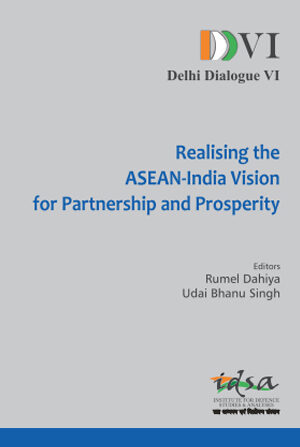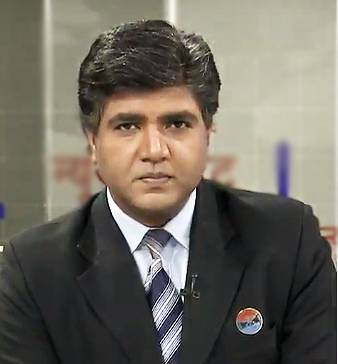Myanmar’s Transition: A Comment
Myanmar's reforms have generated much debate among scholars, both inside and outside the country. One of the key questions asked is: do the changes in Myanmar signify a real transition? There are good reasons to doubt the genuineness of the transition because the change was initiated by a military regime that had ruled the country for decades. The military has ensured its role in the transition by guaranteeing seats to the military in parliament and many of the ‘civilian’ leaders in the new government were until recently military officers. I agree with Dr.
- K. Yhome
- January 2013










